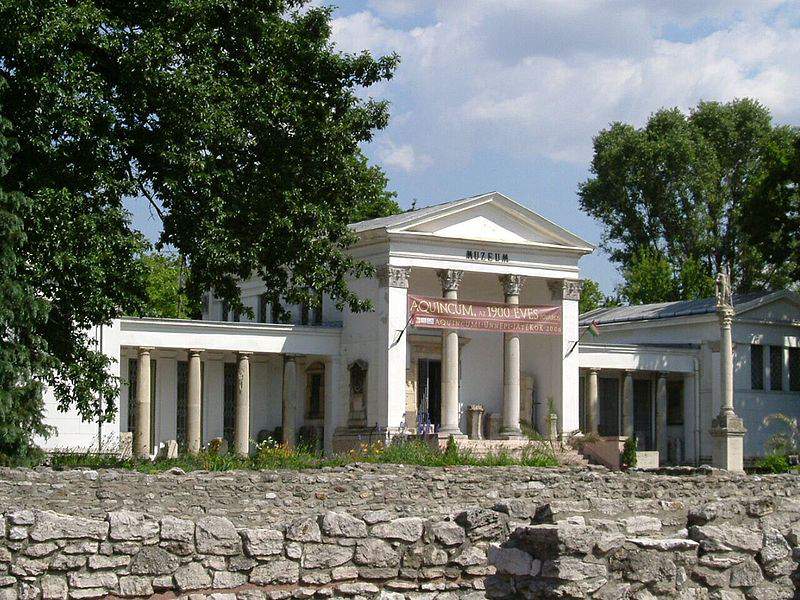At least 100,000 bodies burried in the antique cemetery of Budapest – video
Ancient Aquincum was once where now Óbuda, the 3rd district of Budapest is located. Experts knew about the necropolis there even before but now a new section of it was discovered near the Bécsi street.
Though we already know many burial sites of the Roman military base and the capital city of Pannonia Inferior, Aquincum, the biggest one of these was where now the Bécsi street lies in Budapest 3rd district. In fact,
it had a commanding size,
it started where now the Kolosy square is and ended where today the junction of Bécsi and Vörösvári streets can be found. According to pestbuda.hu, at least 100,000 bodies were burried in the huge cemetery which was used for more than 200 years between the end of the 1st and the mid-4th century. In fact, there was a road on the track of Bécsi street even during the Roman times and the cemetery was created on its Western side, between the city and the Buda hills.
The excavations are being led by Péter Vámos, the archaeologist of the Budapest History Museum’s Aquincum Museum and Archeological Park. The territory on which they are working on was used as a parking lot before but now it is planned to be built up. Though the area was empty for long centuries, in the 18th and in the 19th century Swabians came to settle there and built houses for which they always dug a basement so
many of the onetime graves were destroyed.

Furthermore, on the side of the Danube river, the level of the underground water is high which also makes excavations and research difficult. This is because in the antiquity one of the distributaries of the Danube flew much closer; however, in the modern ages, it was regulated so today water cannot leak away.
In the new section of the cemetery, experts could already identify
more than 100 types of different kinds of burial.
For example, some of those buried there were cremated while others were placed facing North or South. In some cases even put into the graves together with them remained intact. Since the cemetery was used frequently, there were graves in which even 5 people were buried on each other.
According to pestbuda.hu, archaeologists are going to excavate the northern parts of the onetime cemetery of Aquincum during this year.
As we reported before, the capital of Pannonia Inferior is truncated today, but still amazing. The city was founded by traders and originally consisted of three parts. Firstly, the soldiers’ quarter, the extension of which we know pretty precisely; secondly, a legion camp, the inhabitants of which were the members of the elite team of 6000 people; thirdly, the communal city, hallmarked by the water pipes, although only a part of it can be seen on the surface. The first remnant of the city was found by a vine-grower in Óbuda in 1778 but professional excavation started only at the end of the 19th century.
Since then many buildings have been discovered, for example, the Sanctuary where sacrifices were presented and the Basilica for making laws with small shops and meeting rooms around them. Furthermore, archaeologists have identified baths and gyms with water pipes delivering water to them. In Aquincum, there was floor heating in some of the houses. There were theatres, as well, but, of course, most of the buildings excavated are residential ones bearing classic Italian features, accommodated to the climate.
Here is a video about the things-to-see in Aquincum:
Source: pestbuda.hu
please make a donation here
Hot news
What happened today in Hungary? — 25 April, 2024
Azerbaijan supplies gas to Hungary for the first time in history
Chinese President to visit Budapest: why is Xi coming to Hungary?
Breaking: Hungarian government to sue Spar
Attention: Budapest-Vienna railway line renovation continues in Hungary, timetable changes
Orbán: Make America Great Again! Make Europe Great Again!




